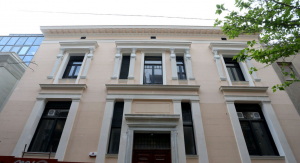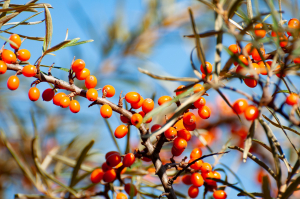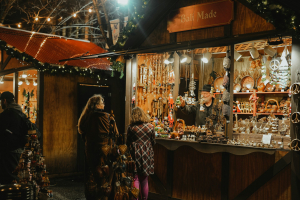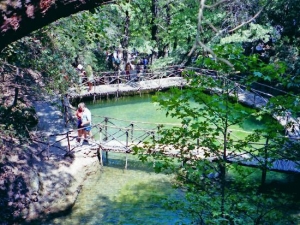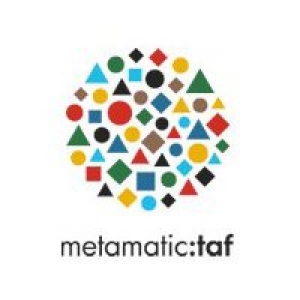WELLNESS HUB
XpatAthens
How To Stop Feeling So Busy All The Time
The frantic rhythms of daily life often make us feel exhausted, draining our energy, making us function almost mechanically, striving to make time for everything and fulfill all of our obligations. In fact, connectivity is responsible for this situation because it makes us feel that we need to be alert at all times, with tons of redundant notifications bombarding us non-stop.
All of the above lead to us constantly feeling busy and not being able to devote time to ourselves. But are we really that busy? Maybe the problem lies in the way we manage our time. Below, let's see some tips on what we can do to give our brain and body a chance to reset, restore, and cope with the stresses of everyday life!
Realize That Time Is Limited
No matter how hard we try to do everything, the day only has 24 hours. We have to come to terms with the fact that time is a precious yet limited commodity, and we cannot change that. It is also important to come to terms with our human nature - we are not superheroes, and we can not do everything. If we do not accept the above, we will be in a constant state of anxiety, trying to do much more than we can actually do, undermining our productivity and the quality of the result of our efforts.
Prioritize Work
It is crucial to have a clear picture of what needs to be done and when. Sure, every task is important, but some tasks are just more important than others. First, we deal with what needs to be done immediately and leave the rest for later if there is any time left. We don’t need to force ourselves to work on something that can be done at a later time when we will be less busy and able to focus exclusively on it.
Don’t Rush Things
When we feel really busy, it makes sense to try to do everything as fast as we can. However, rushing things leads to mistakes, which will create more stress, and we will also have to fix them, which will ultimately cost us more time.
Schedule Extra Time
Things usually take longer than we expect. So, we make sure that we always schedule extra time for tasks that could need more time. And, if the project didn’t require that extra time, we can use it for other tasks or for a much-needed break!
Give Time Away
Devoting some of our valuable time to a good cause, such as spending time with family or helping a friend in need, can actually help us be more productive. This is because subconsciously doing something successfully, such as advising a friend, works as a confirmation of our potential and our self-worth.
The Ziller-Loverdou Palace Opens Its Doors To Visitors
Originally posted in Greek on huffingtonpost.gr
Translated by Codico Lab
The Superfood That Fueled Alexander The Great
The small orange-yellow berries are described as a superfood. They are full of vitamins, antioxidants, and fatty acids that have been shown to aid in hair and nail growth, benefit eye health, and even boost the immune system as well as increase concentration.
Ancient Greek figures in pharmacology, medicine, botany, and nutrition have long been known for the healing, beneficial qualities of the sea buckthorn berries.
Alexander the Great ate the superfood
Alexander the Great noticed the beneficial qualities of the sea buckthorn berries superfood during his military campaigns in the then known world which he incorporated into his own diet as well as the diet of his troops to give them strength and vitality.
According to ancient sources, the famed Greek leader noticed that his horses loved the berries, and after eating them, they had more strength, shinier hair, recovered more quickly from injury and illness, and seemed to radiate health.
It’s from Alexander that sea buckthorn berries got their scientific name, Hippophae, which comes from the Ancient Greek words hippos and phaos, meaning “shining horse,” referring to the radiant effect the berries had on his horses.
To read this article in full, please visit: greekreporter.com
Greek Running Tours - The Ultimate Runcation
Photo Credit: Angelos Zymaras
The Healing Power Of Music
Originally published in Greek on: loveyourselfmagazine.com

Love Yourself is a comprehensive Greek media platform dedicated to embracing mindstyle as its fundamental essence. It advocates for a wholesome lifestyle that nurtures not only our soul, mind, and body but also promotes a positive and sustainable attitude towards the planet we call home. For more information, visit Love Yourself's website!
Magical Festive Theme Parks Around Greece To Visit This Christmas
Hours: Daily, 10:00 AM – 10:00 PM
The Tree of Elves – Patras
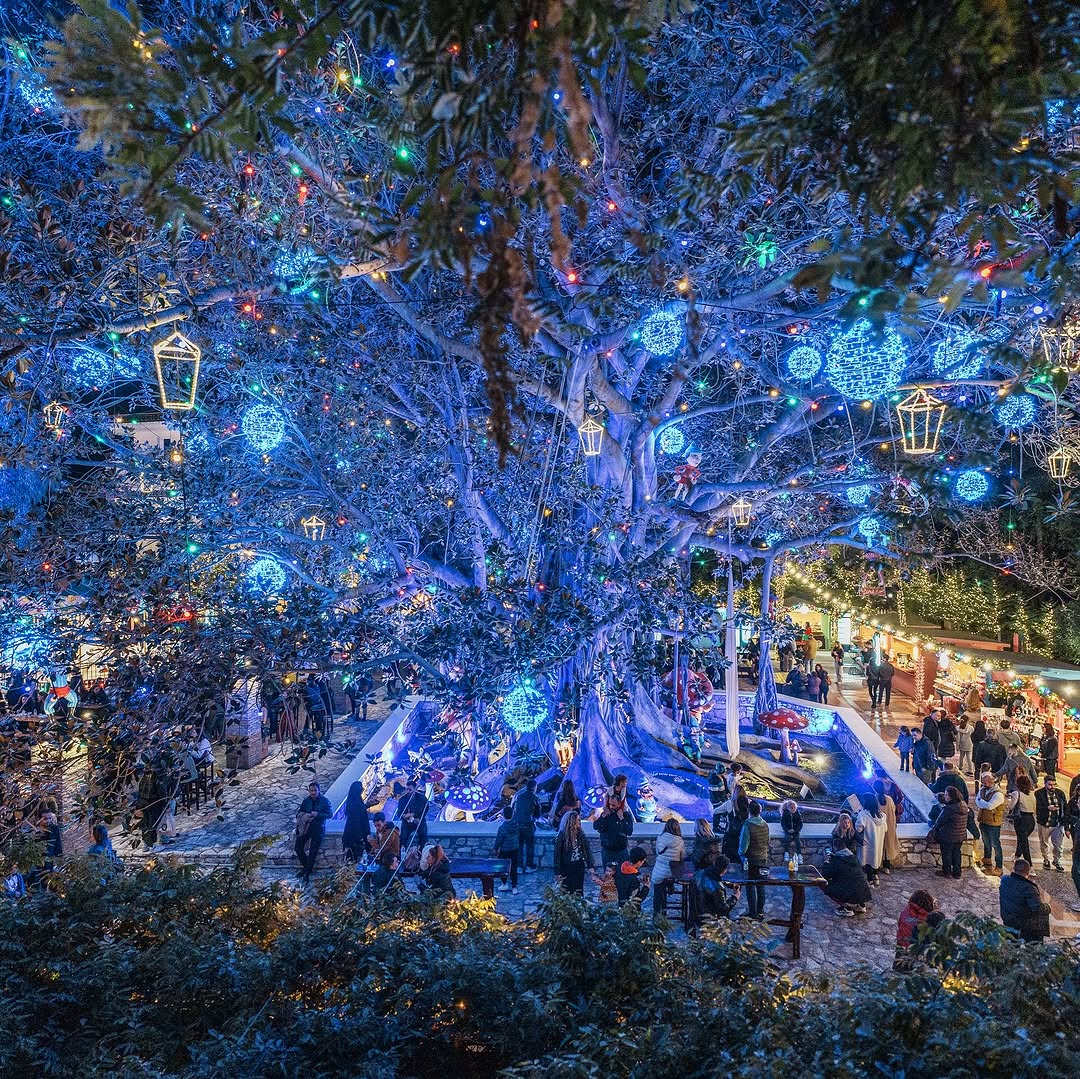
@dentro_xotikon
Hours: Daily, 10:00 AM – 11:00 PM
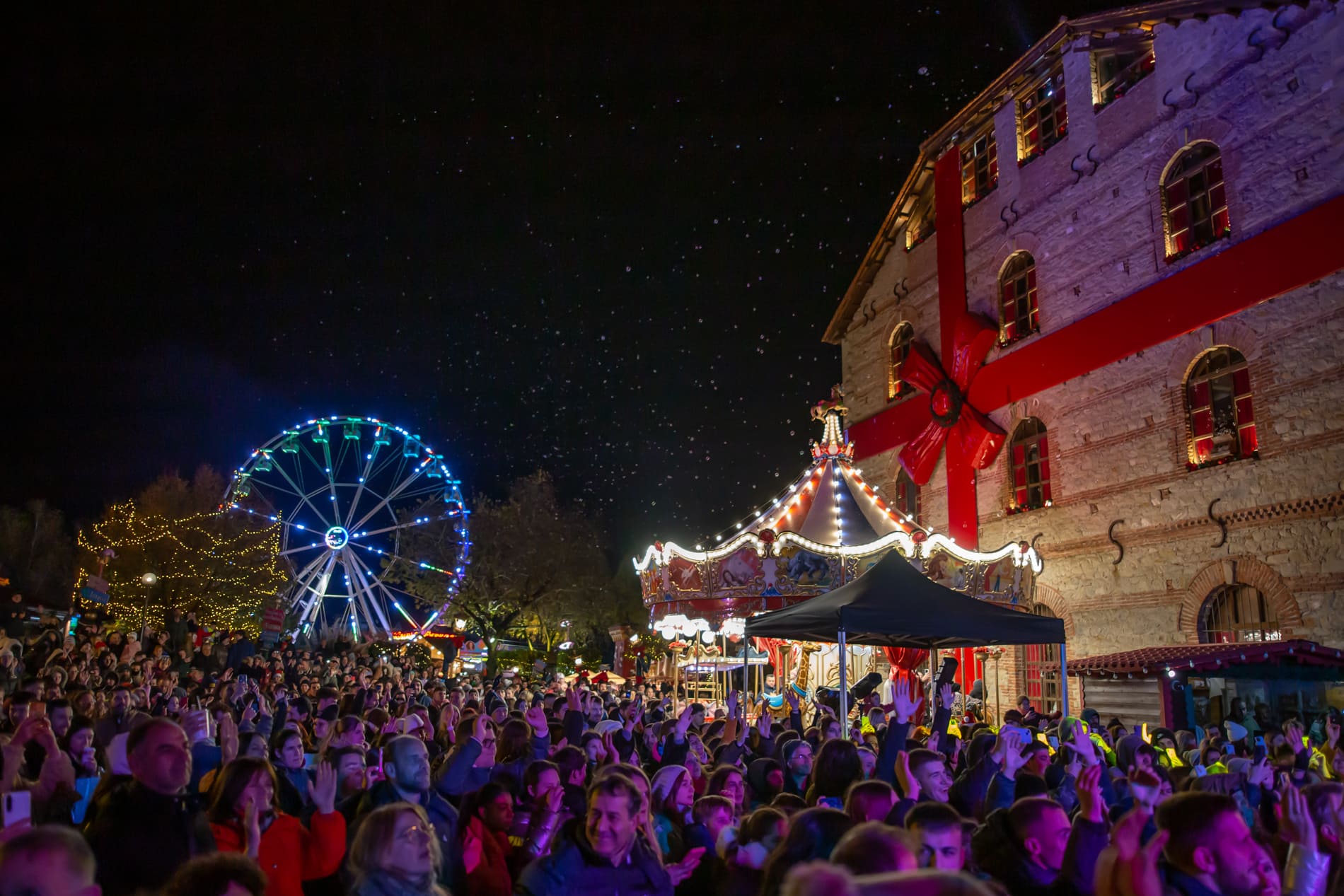
Ο Μύλος των Ξωτικών
Hours: Daily, 10:00 AM – 10:00 PM

@christmasfactory
Hours: Daily, 4:00 PM – 10:00 PM
Magical Lake City - Kastoria
Hours: To be announced
Fun Things To Do In Athens In August
Athens in the summer is no joke; the sun blazes, the pavements sizzle, and temperatures can climb into the 40s. But don’t let the heat put a stop to your plans. With a little creativity (and strategic timing), the city offers plenty of ways to stay cool and still soak in its magic. Whether you’re a local trying to survive August in the city or a visitor determined to make the most of your trip, here’s how to enjoy Athens even when the heat feels impossible.
1. Head To The Coast: A Walk To Kavouri
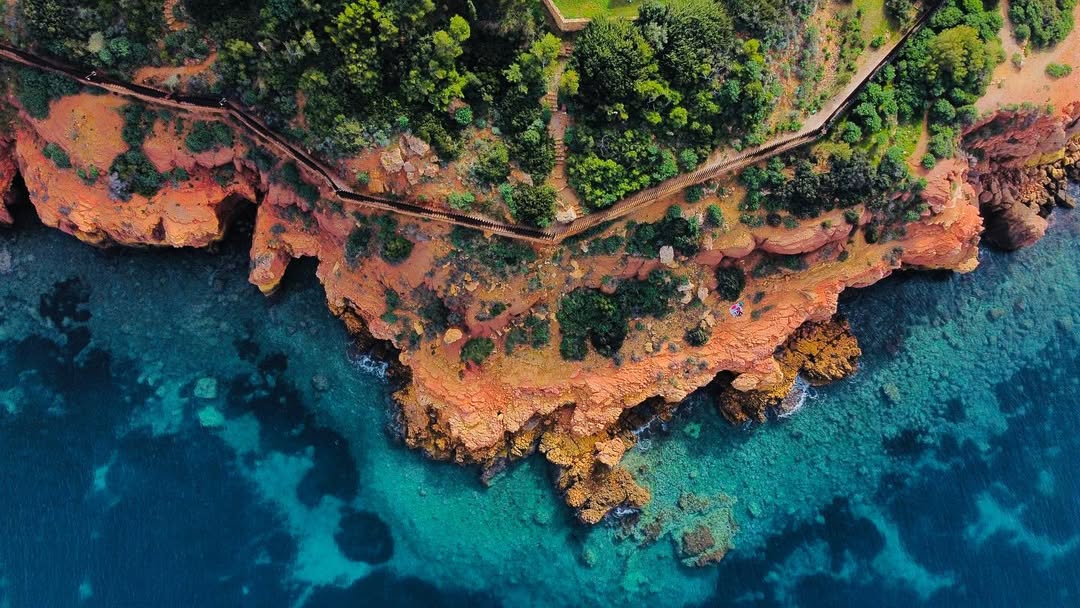
@oarismas📍Kavouri
When the city feels like an oven, the coast is your best friend. Kavouri, located just beyond Vouliagmeni, offers a breezy seaside escape that’s perfect for a late-afternoon walk or a refreshing dip. The pine-shaded path hugs the coastline, leading to small coves where you can cool off in turquoise waters.
Insider tip: Don’t miss Lasithi Café for its gorgeous views and excellent coffee — the perfect stop to wrap up your seaside escape.
2. Explore Athens By Night
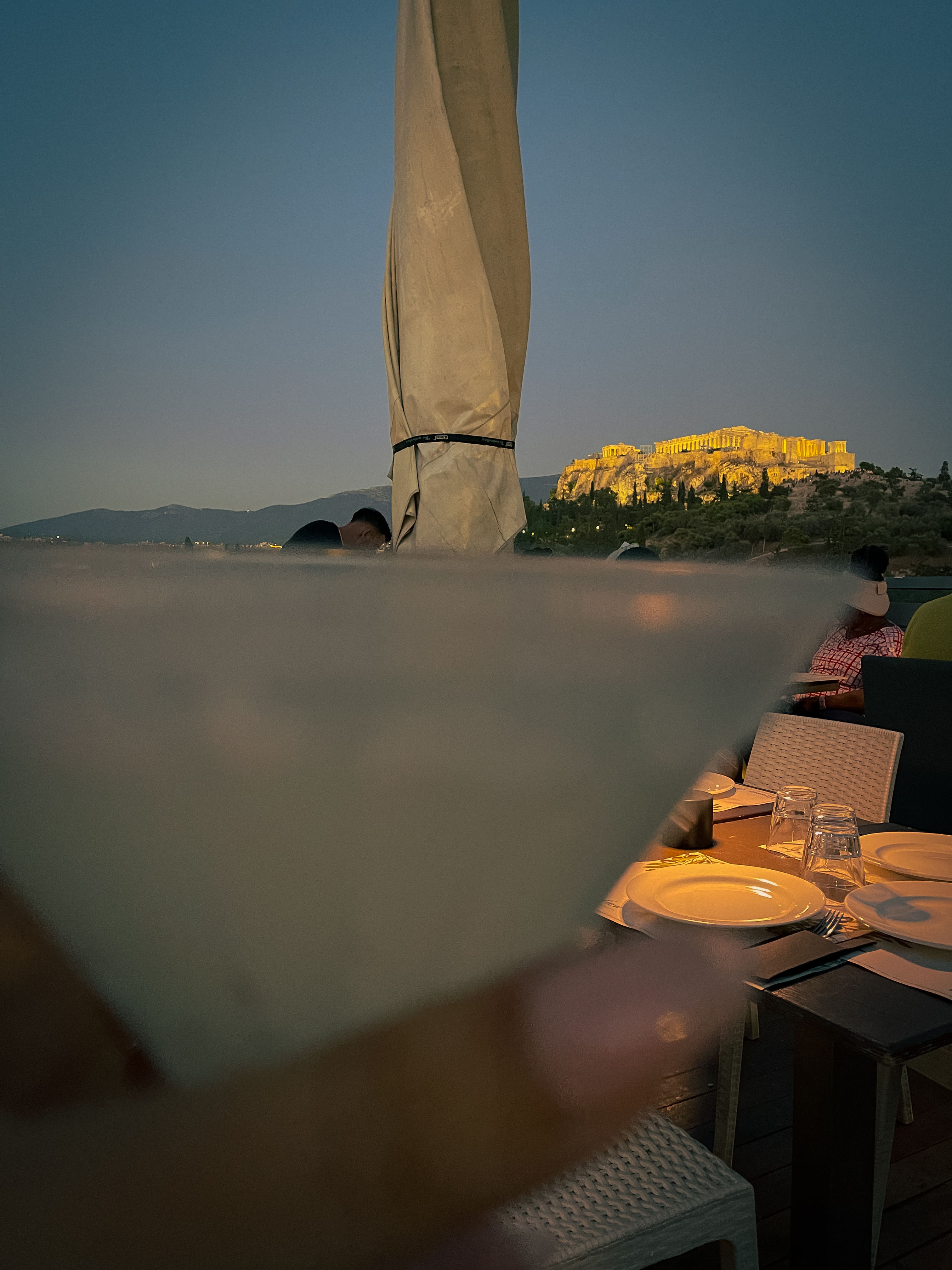
📍Thiseio View Cafe Bar.
When the sun sets, Athens transforms. The air cools, the streets buzz, and the city comes alive. Take advantage of the milder temperatures and explore Athens after dark. From buzzing rooftop bars with sweeping Acropolis views (like those in Monastiraki or Thisio) to lively beach clubs along the Riviera, nighttime in Athens has its own magic. Whether you’re sipping cocktails under the stars or wandering through the lit-up Plaka streets, you’ll see a whole new side of the city.
3. Visit Air-Conditioned Museums & Cultural Centers
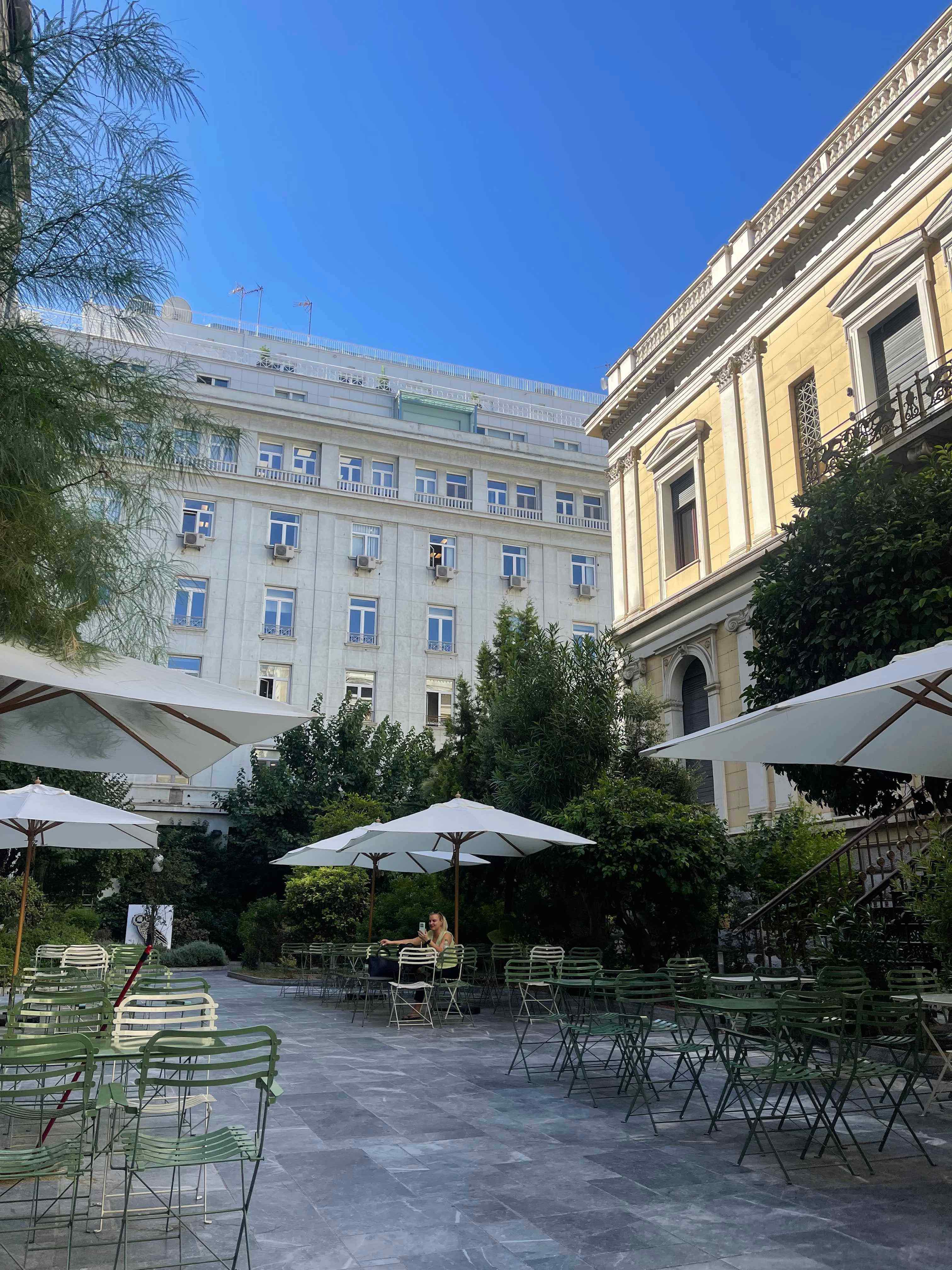
📍Numismatic Museum Cafe.
Need a break from the sun? Athens’ museums aren’t just cultural treasures but also wonderfully air-conditioned sanctuaries. Spend a few hours wandering the Benaki Museum, admiring masterpieces at the Goulandris Museum, or marveling at ancient wonders in the Acropolis Museum. If you’re in the mood for something a little different (and greener), head north to Kifisia and visit the Goulandris Natural History Museum, a refreshing escape surrounded by nature. Afterward, enjoy a meal at Natu Restaurant, set in a beautiful, breezy garden that feels miles away from the city heat. For a more cultural vibe, the Stavros Niarchos Foundation Cultural Center (SNFCC) is perfect for chilling by the canal or catching a summer concert in the evening breeze.
And don’t overlook the hidden museum gardens right in the city: the Numismatic Museum has a charming, shaded courtyard café, the Byzantine & Christian Museum offers a peaceful garden café with lovely views, and the War Museum hides a quiet spot filled with blooming bougainvillea. All perfect for a cool drink and a pause from sightseeing.
4. Escape To The Hills At Sunset
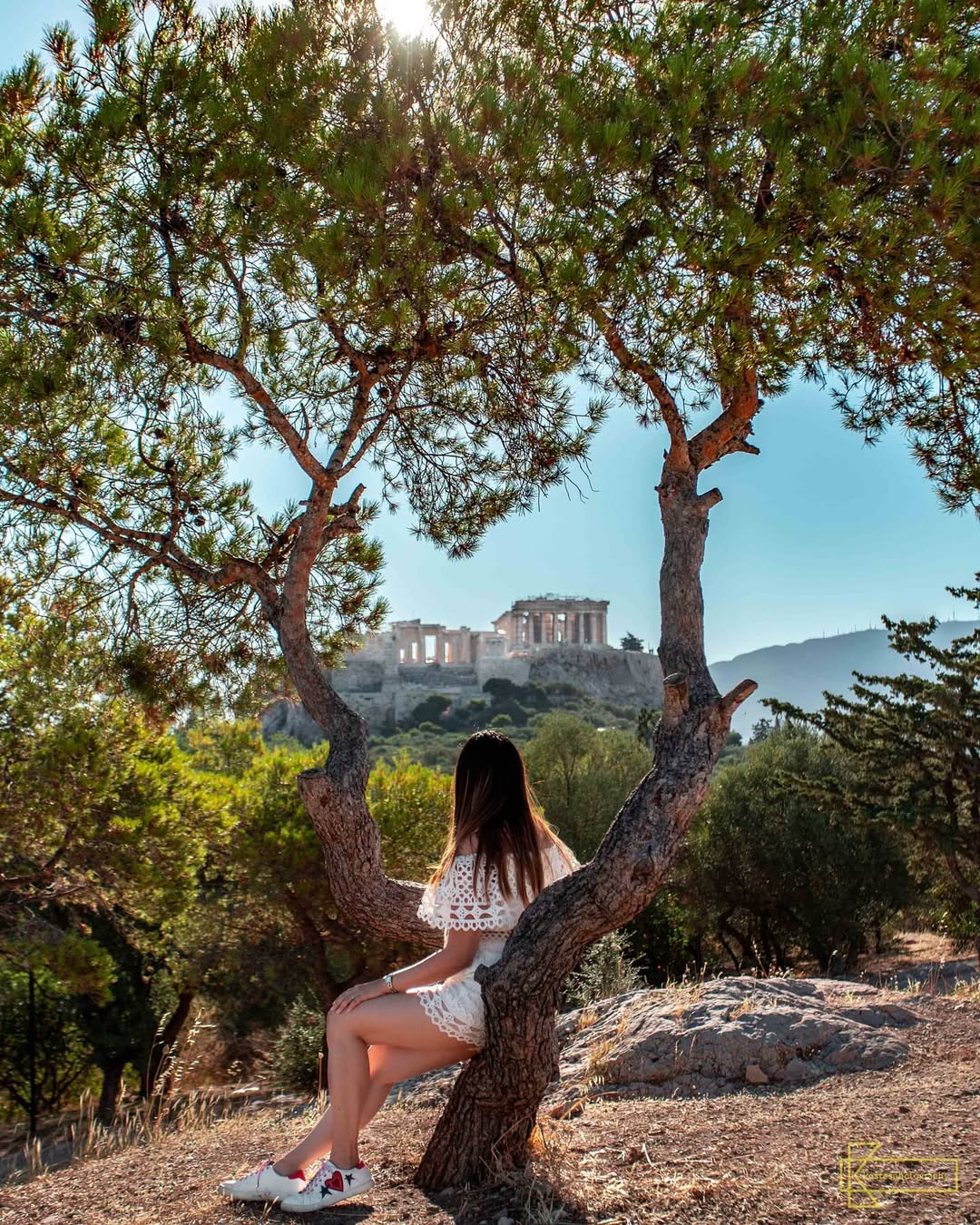
@kostas.photos 📍Pnyx, Athens.
Hiking in midday heat? No thanks. But at sunset? Absolutely. Head to Lycabettus Hill for panoramic views of the glowing city and if you want to make it extra special, book a table at Orizontes, the hilltop restaurant with unbeatable sunset views and a refined Greek menu. Prefer something quieter? Take a stroll up Philopappou or the Pnyx, where history and nature blend beautifully. Golden hour here is magical, perfect for photos, a light picnic, or simply watching Athens light up as the day cools down.
5. Cool Off At A Beach Or Pool
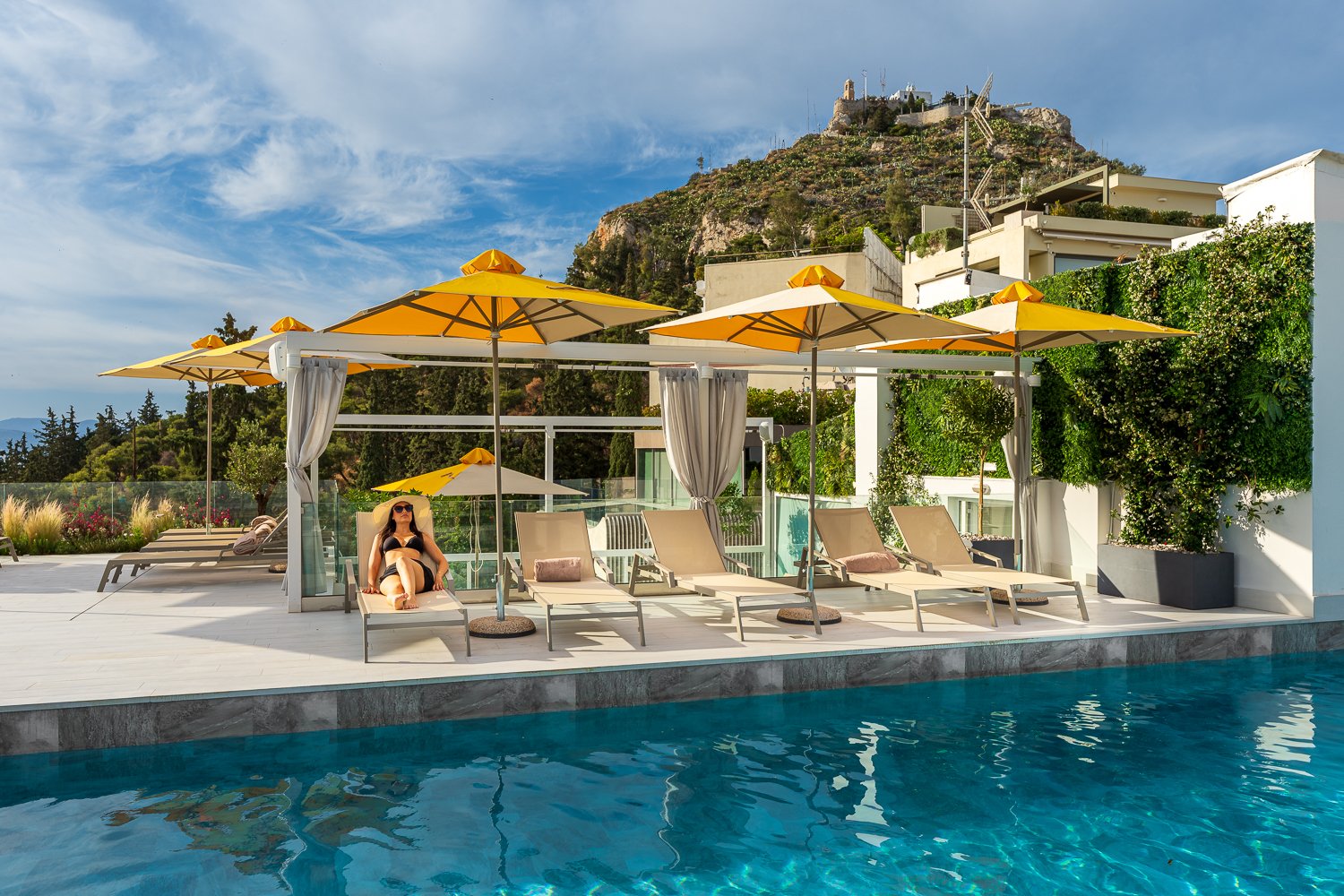
Credit: www.sgl.gr
When in doubt, find water. Vouliagmeni, Anavyssos, and other Riviera beaches are close enough for a quick escape and perfect for a swim. If you’d prefer something more private, many city hotels offer day passes to their pools, letting you lounge in luxury with a cold drink in hand.
6. Browse Cool Cafés & Concept Stores
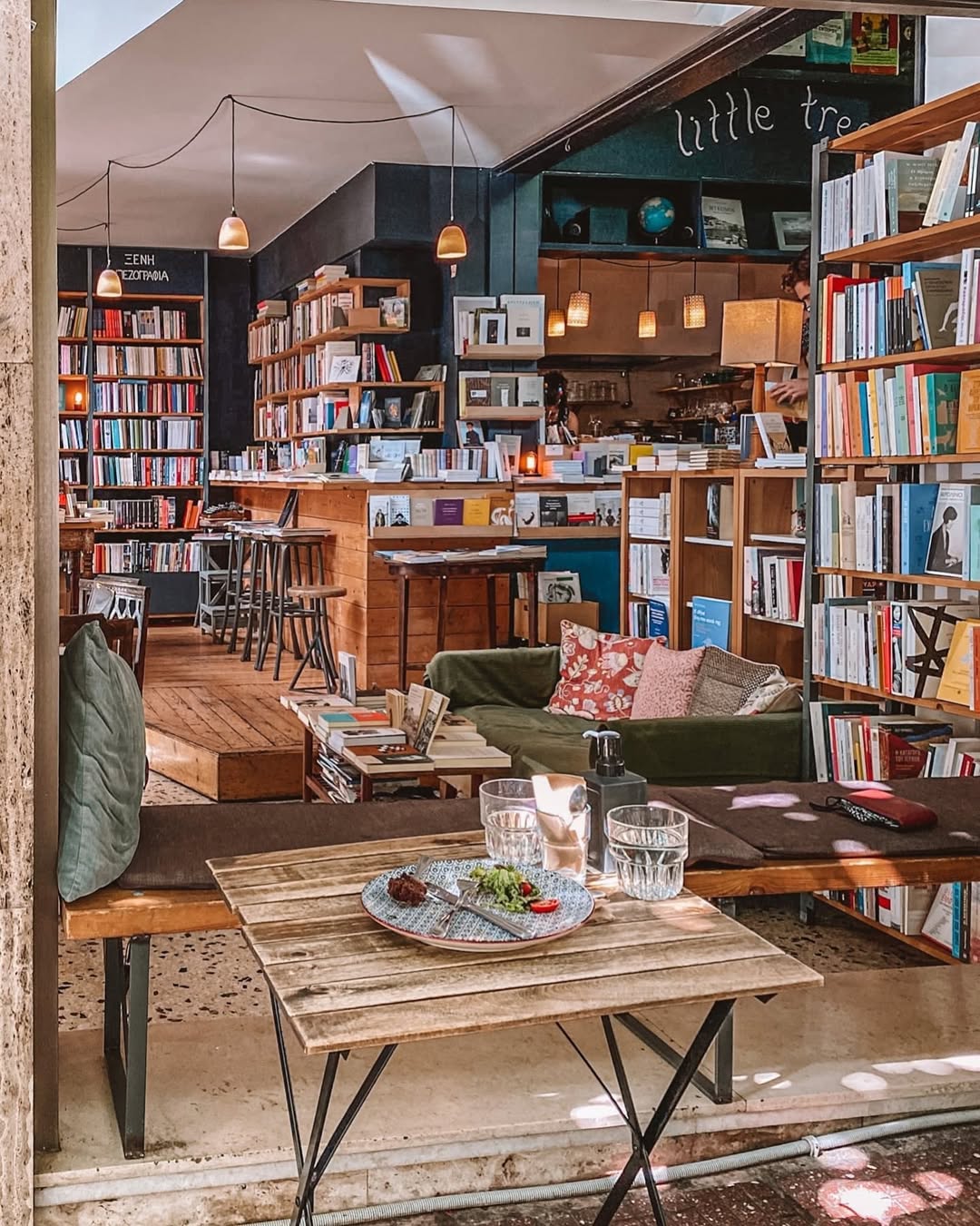
@littlebookstoresweek 📍Little Tree Books & Coffee.
Sometimes, the best way to beat the heat is to do absolutely nothing inside an air-conditioned haven. Explore stylish cafés in Kolonaki or Koukaki, where you can linger over coffee, pastries, or even brunch. For a cozier vibe, curl up with a book at Little Tree Books & Coffee, a charming spot near the Acropolis, or Komprai, a small, welcoming bookshop-café that’s perfect for reading or quiet conversation. (Just note that some of these smaller spots may close for part of August — but they’re worth a visit if you catch them open.)
If you’re in the mood for some retail therapy, check out Athens’ unique concept stores or independent bookshops — perfect mini-escapes from the midday sun.
7. Take A Short Day Trip
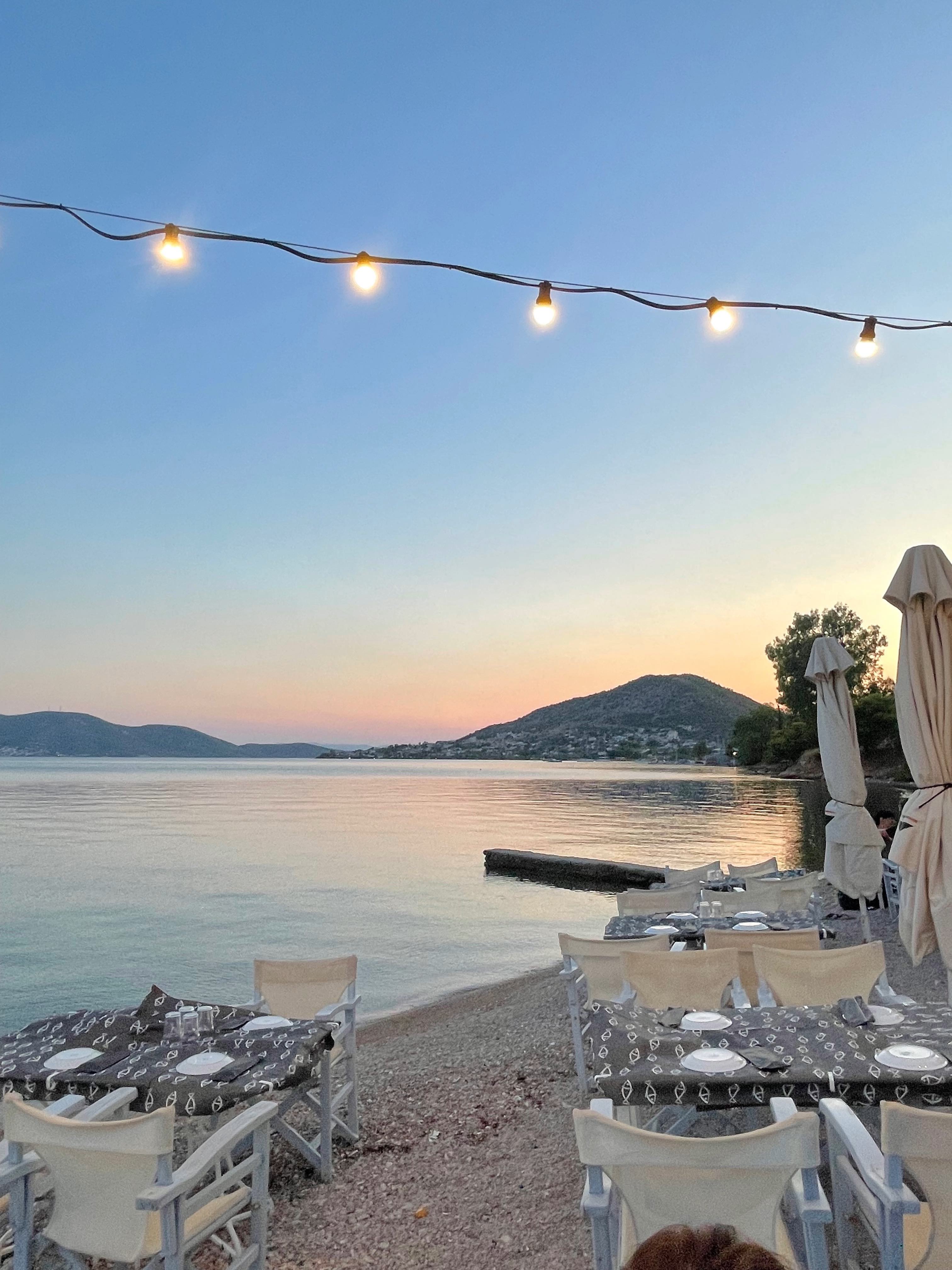
📍Thinio tavern in Salamina.
When the city feels suffocating, sometimes a quick getaway is all you need. Sounio offers a breezy coastal drive and a stunning sunset by the Temple of Poseidon, while Aegina (just 40 minutes by ferry) gives you island vibes without the long journey. From Aegina, you can also hop over to Moni Island, a hidden gem where peacocks roam freely, a truly unique experience.
Even closer, Salamina is only about 15 minutes by ferry from Perama, making it one of the easiest escapes from Athens. While you’re there, head to Thinio, a seaside taverna serving some of the best seafood around, with views that stretch all the way to Aegina.
Head out early in the morning or later in the day to avoid the peak heat and crowds.
Butterfly Valley Of Rhodes
A unique nature reserve is to be found inland on Rhodes, “Butterfly Valley” (in Greek “Petaloúdes”). Apart from its aesthetic value, it is also the site of the only natural forest of Liquidambar orientalis (Oriental Sweetgum trees) in Europe, and a resting point for the Jersey tiger (Panaxia Quadripunctaria), a nocturnal moth. An excellent place for families with children who wish to enjoy the beauties of nature and examine the life cycle of butterflies as part of their summer holiday.
You can take a peaceful walk through the shaded, green valley with its small river and beautiful waterfalls. You are permanently surrounded by butterflies camouflaging themselves against the tree trunks as you walk up towards the monastery at the top, or rest for a while on one of the wooden benches along the way.
Visitors can witness a spectacular phenomenon which occurs only rarely in nature. Huge numbers of butterflies congregate in this small valley during the final stage of their life cycle. Every year, at the end of the wet season (late May), thousands of butterflies attracted by the scent of the Oriental Sweetgum trees cover the entire landscape. They are actually adult insects that follow the waterways and migrate here to reproduce (females leave for other suitable areas to lay their eggs in the early fall) due to the high humidity of the area.
Hush, hush..butterflies are resting here…The moths cannot eat during this final phase of their life cycle, so they rest here to conserve energy. Any loud noise would force them to fly away, thereby consuming valuable energy. Observe them as they “sleep” well-camouflaged in black and yellow; in flight their cherry-red overwings flash. If you are quiet and still, they may even land on your arm –that would make a wonderful photo!
To read more, please visit visitgreece.gr
Unprecedented Media Coverage Of Election
This year’s general election garnered unprecedented and widespread international media attention. 1,060 media representatives from more than 45 countries were accredited, the vast majority of whom were foreigners. The media coverage in terms of representatives sent to Greece increased by 35% compared to the 2012 general elections. Spain, in particular, was the country which showed the most eager interest in the events.
With 70 media representatives accredited and two political leaders present during the pre-election period (Mariano Rajoy and Pablo Iglesias), Spain followed the political developments in real time and up close.
The 2015 Elections Press Center of the General Secretariat for Communication and Promotion was hosted at the Zappeion Conference Centre, the same venue which served as the headquarters of Greece’s presidency in the Council of the European Union during 2014.
To read more, please visit greeknewsagenda.gr



